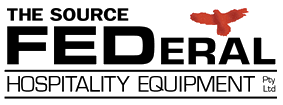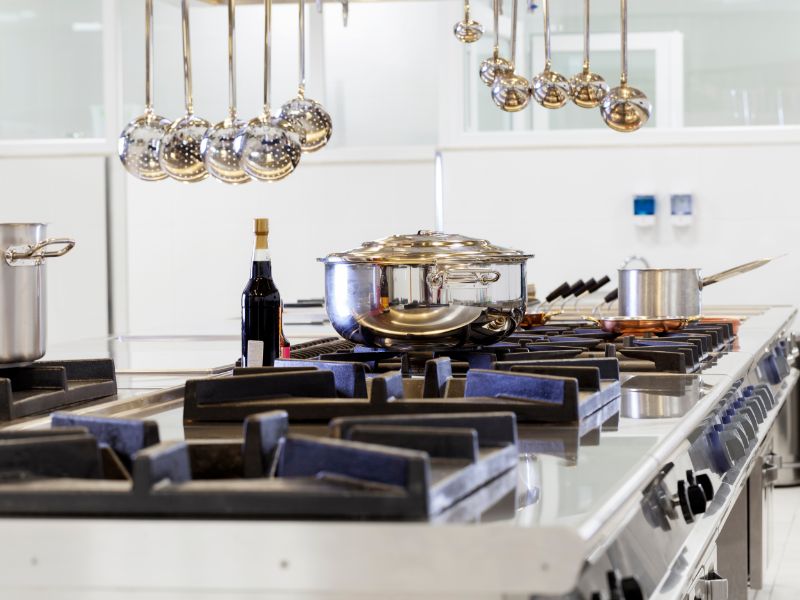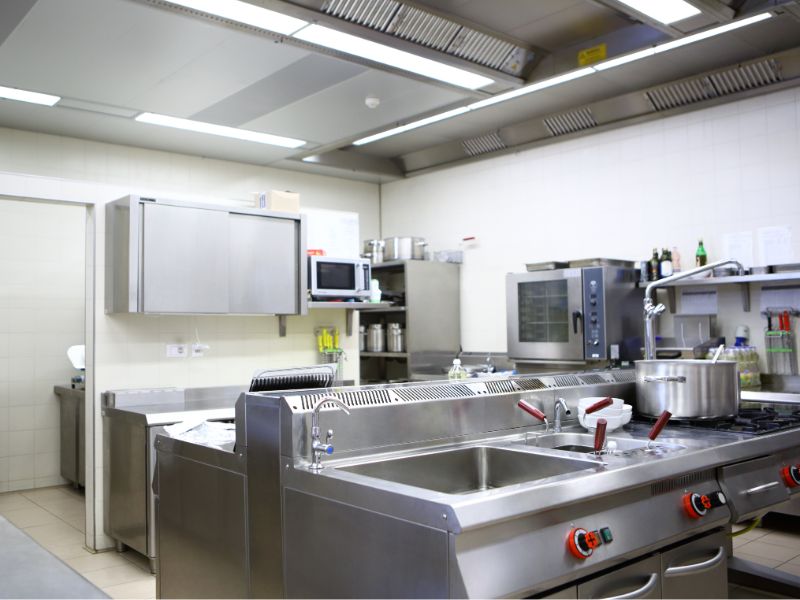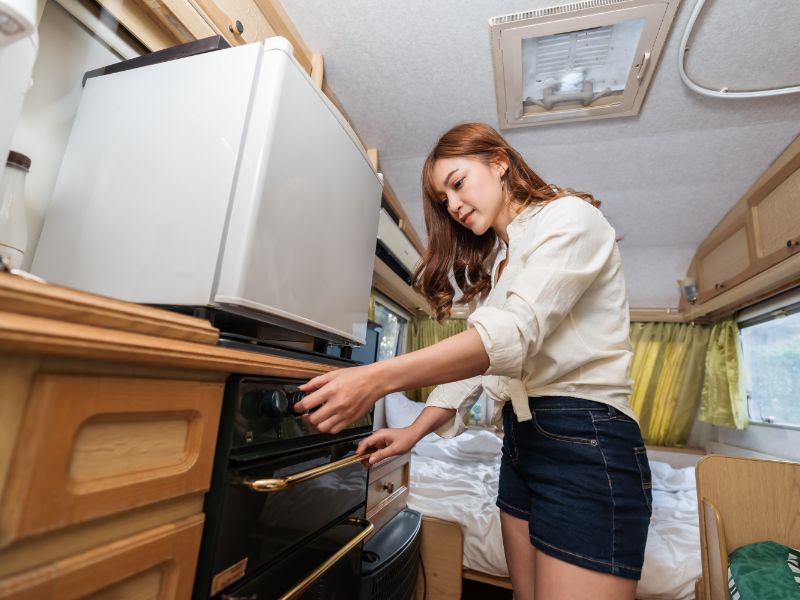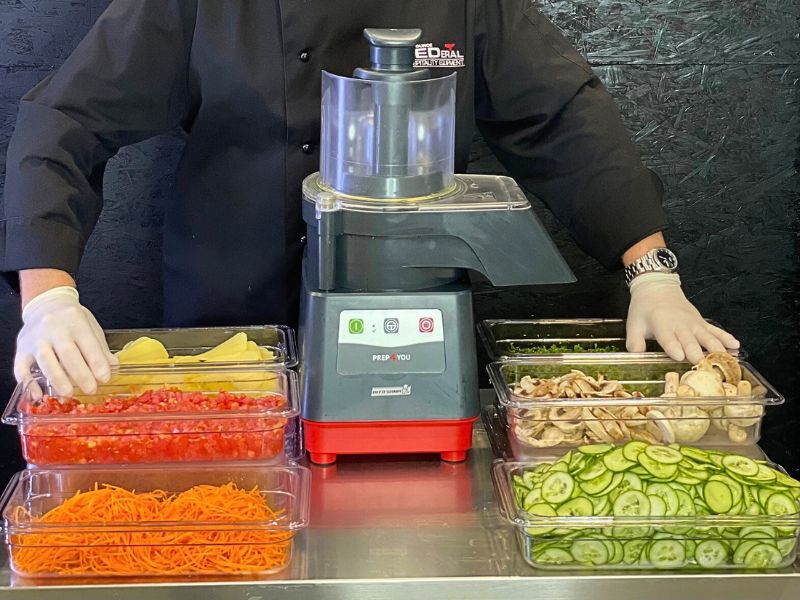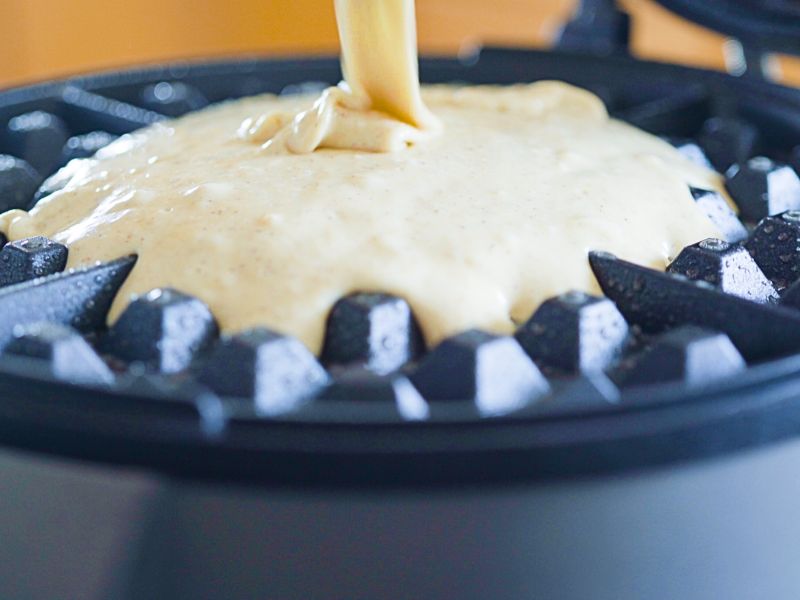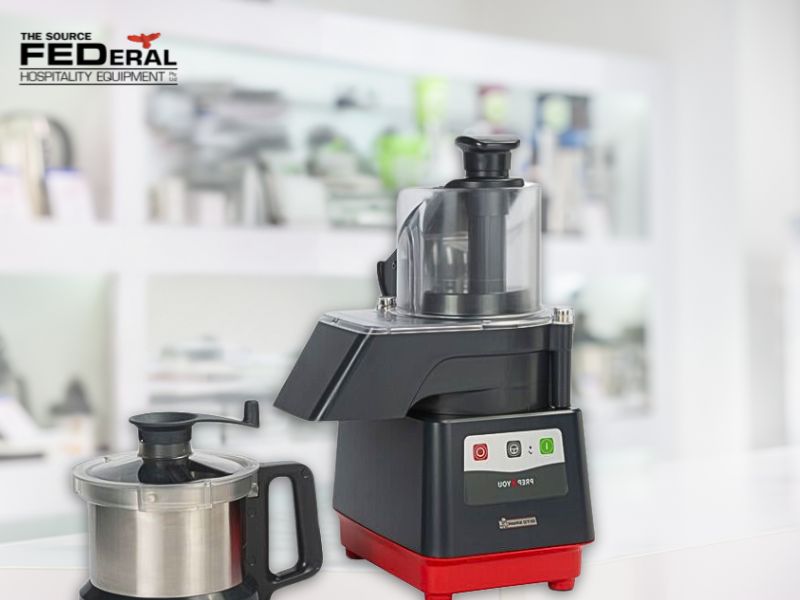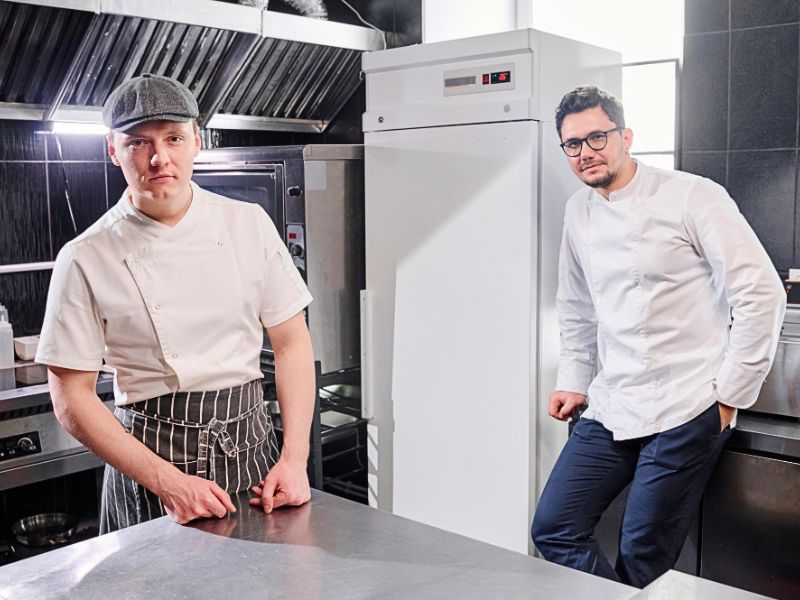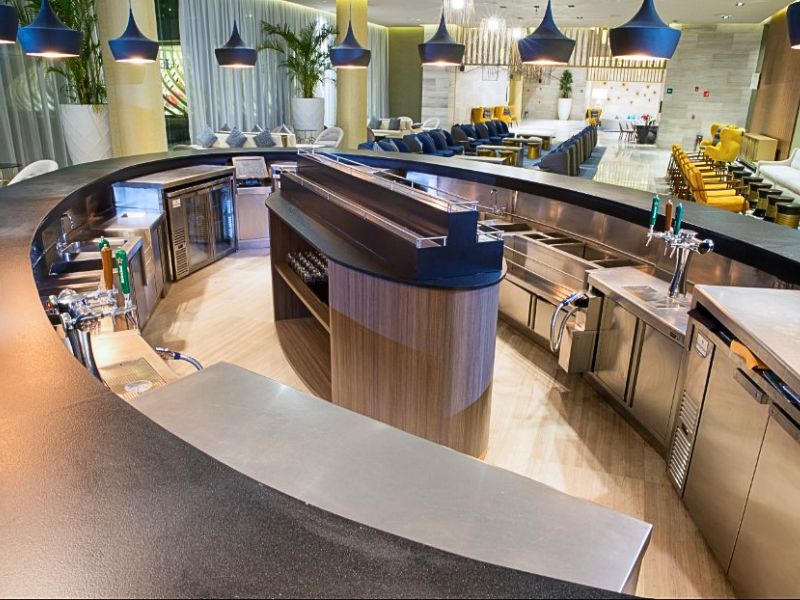Cooking equipment is an essential part of every kitchen, be it in homes or commercial establishments. While we all enjoy whipping up delicious meals and experimenting with different recipes, it's crucial to remember that the misuse and improper placement of cooking equipment can lead to hazardous situations. From the humble stove and oven to advanced appliances found in professional kitchens, each piece of cooking equipment requires careful handling to prevent accidents and ensure optimal performance.
In this blog post, we'll explore some often overlooked safety practices and provide valuable insights on how to handle and place your cooking equipment correctly, creating a secure and accident-free cooking environment that empowers you to explore your culinary creativity with assurance. Now, let's start by addressing one of the primary safety concerns - the overloading of electrical outlets.
Overloading of Electrical Outlets
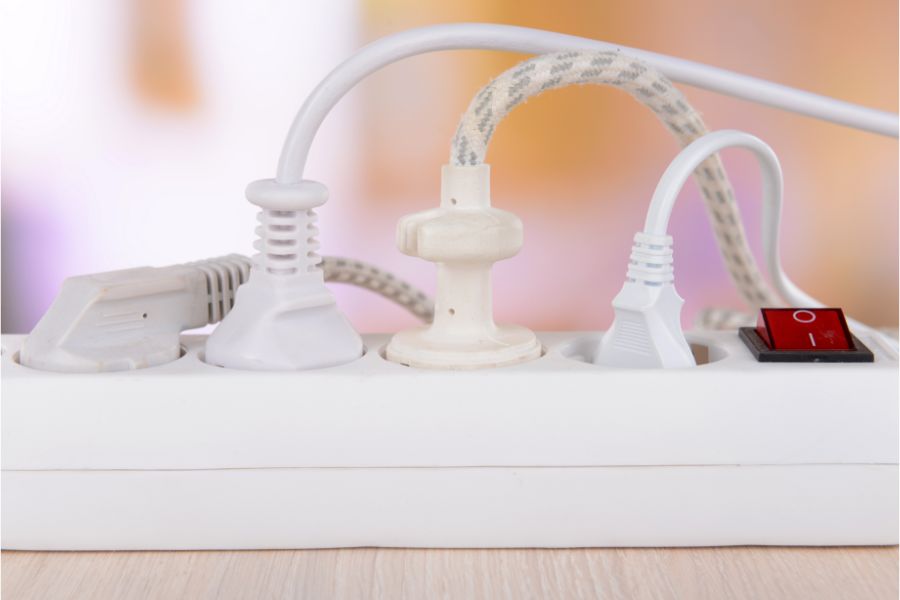
One of the most common mistakes people make when it comes to cooking equipment is overloading electrical outlets. Many times, we plug multiple appliances into a single outlet using extension cords or power strips, which can lead to overheating and potential electrical fires.
To avoid overloading electrical outlets, follow these essential tips:
Know the power ratings: Each cooking appliance comes with a specific power rating. Before plugging them in, familiarize yourself with the wattage requirements of your equipment. Ensure that the total wattage of the appliances connected to an outlet does not exceed the outlet's capacity.
Use dedicated circuits: Consider having dedicated circuits for high-powered cooking equipment, such as electric stoves or commercial-grade ovens. This prevents overloading and minimizes the risk of tripping circuit breakers.
Avoid daisy-chaining: Resist the temptation to connect multiple extension cords together in a chain to reach a distant outlet. Daisy-chaining not only increases the risk of electrical fires but also poses a tripping hazard.
Remember, safety should be a top priority when it comes to using cooking equipment. By being cautious about electrical overloads, we can now turn our attention to another potential safety concern - the improper placement of flammable items near cooking equipment.
Improper Placement of Flammable Items
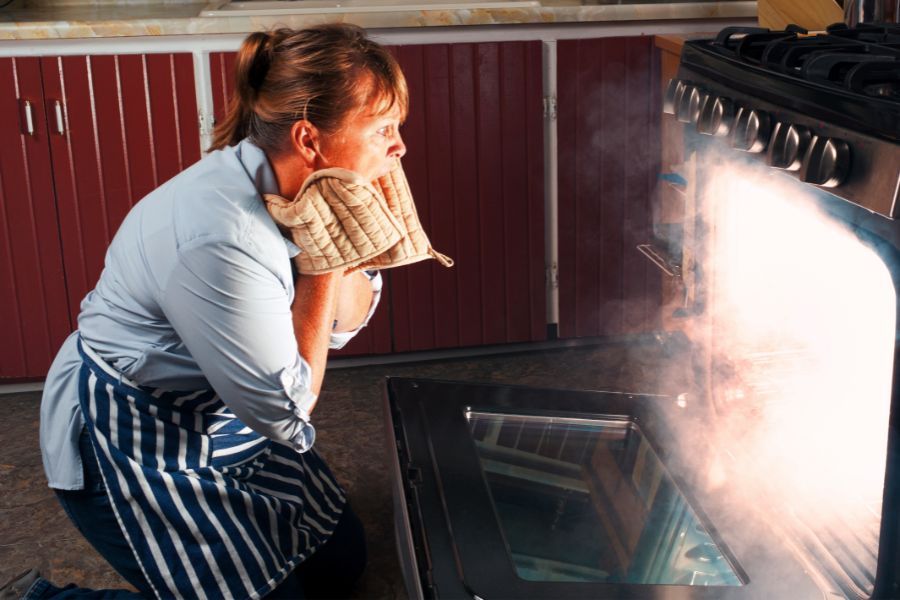
Another safety concern often overlooked is the improper placement of flammable items near cooking equipment. The kitchen is filled with flammable materials like paper towels, dishcloths, and wooden utensils. Placing them carelessly near stoves or ovens can lead to disastrous consequences.
Here are some tips to avoid fire hazards related to the improper placement of flammable items:
Maintain a safe distance: Keep flammable materials at a safe distance from the stove or any other cooking equipment that generates heat. A good rule of thumb is to have a clear zone of at least three feet around the cooking area.
Use non-flammable alternatives: Opt for non-flammable alternatives whenever possible. For instance, choose metal or silicone spatulas instead of wooden ones. Additionally, consider using heat-resistant materials for potholders and oven mitts.
Keep a fire extinguisher nearby: Even with all precautions, accidents can still happen. Having a fire extinguisher in the kitchen and knowing how to use it can make a critical difference in containing small fires before they escalate.
By being mindful of the placement of flammable items, you can greatly minimize the likelihood of fire accidents and ensure a safer cooking environment.
Conclusion
In conclusion, proper handling and placement of cooking equipment are essential to ensure a safe and enjoyable cooking experience. Overloading electrical outlets and improper placement of flammable items are two common safety issues that demand our attention.
Whether you're cooking at home or in a commercial kitchen, always be aware of the power requirements of your cooking equipment and avoid overloading electrical outlets. Moreover, take extra care to keep flammable items at a safe distance from heat sources to minimize the risk of fires.
Remember, safety is not just about having the latest commercial kitchen equipment for sale; it's about being proactive and mindful of potential hazards. So, the next time you step into the kitchen, prioritize safety and make your cooking environment secure for yourself and your loved ones. Happy and safe cooking!
